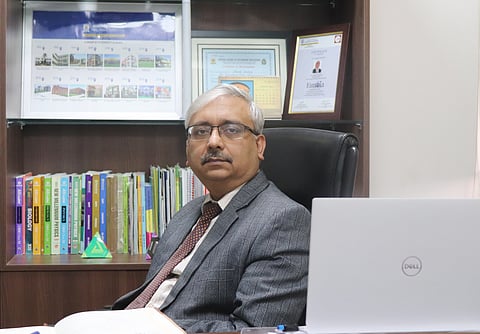Urban vs Rural Schools - A comparative analysis of 2024 performance
What were the key findings from the 2024 performance analysis?
The 2024 analysis underscores the disparities in various aspects of education in urban and rural areas. The urban centres fare better in terms of infrastructure, resources and educational opportunities, whereas rural areas struggle with challenges of accessibility, teaching quality and socio-economic inequalities.
One of the key findings is the prevalence of multi-grade teaching in rural areas, where one teacher instructs students from multiple grades. Another important finding — and a silver lining for rural areas — is that curricula there is contextually relevant to the social and cultural realities and therefore helps to improve the livelihoods of the agricultural communities.
Having said that, the performance analysis advocates concerted efforts from all stakeholders — educators, policymakers, parents and communities — for bridging the divide between the urban and rural education.
How do urban and rural schools compare in terms of academic achievement?
Academic excellence depends on a host of factors: pedagogy, learning tools, curricula, infrastructure and technology integration. Institutions in urban areas are integrating digital learning technologies and focussing on Science, Technology, Engineering, and Math (STEM) education, whereas rural areas are grappling with digital infrastructural challenges while making some headway in mobile-based learning and satellite based education programmes.
While urban schools are taking more and more initiatives towards delivering global curricula like Cambridge International Education (CIE) and International Baccalaureate (IB), schools in rural areas are adopting localised curriculum that makes education practical for rural students. Teachers in urban schools are domain experts, but rural teachers tend to instruct multiple grades.
There is an increasing emphasis on skill development in urban schools through collaborations with industries. In rural schools, the emphasis is on indigenous knowledge systems, with a focus on local crafts, agriculture and basic industry skills.
How do differences in infrastructure, technology, and resource allocation impact student outcomes in urban versus rural schools?
Infrastructure and technology are great enablers in education. With adequate resource allocation, a real positive impact can be created in the lives of students. In this respect, the urban schools outshine the rural ones. Access to ICT and other technologies such as 3D printing, laser, drone and Augumented Reality/Virtual Reality (AR/VR) does not only make students in urban areas digitally competent, they enhance learning outcomes through experiential and immersive learning. The schools in rural areas do not often have the infrastructure or the resources in terms of financial and human capital to integrate technology to the scale of the urban institutions.
This affects the student learning outcomes, as has been iterated in the ASER report as well. Students in far off rural areas also face accessibility challenges due to inadequate public infrastructure. To counter this, the government has launched several online learning platforms for rural students, such as SWAYAM, PM eVidya and Swayam Prabha among others.


